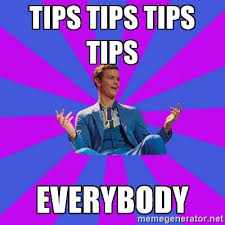Have the plan to buy a used car in USA? You have made a smart decision. Value of a used car depends upon its mileage, condition, reliability, performance and its popularity. Buying a used car in USA is a stressful process but you can make it easier by following simple steps:-
- Plan your budget for buying the Car and monthly commitments for monthly installment (if you go for car loan), Maintenance Cost & Insurance Premium.
- Decide the Make, Model, Year, Size & the Interior Features you are looking for.
- Do not limit your decision for a particular make and model. Expand it. For example, if you are looking for Toyota Make, you think of other makes like Honda, Nissan or Chevrolet.
- Decide whether you prefer to buy from the owner or from the dealer.
- Visit Craiglist or Carfax or Edmunds for buying new / old cars and for other related services.
- Be cautious of scams like Sale of Car by Shipping, Payment through Western Union or Money Wire and abnormally low price cars. Also note, eBay has no involvement for vehicle sale ads.
- If you want to know the Car History, get VIN/HIN No. of the car from the owner/dealer and check car history report by visiting Carfax.
- Carfax provides detailed information about fair/good/excellent value of the car as on date, ownership/title history, accidents/damages and services undertaken.
- After going through the Car History, if you have decided to go for the car, test-drive the car.
- To negotiate best deal and/or to avoid any mechanical problems in near future, get the car checked by a mechanic to know any further services/parts replacements required, even if you are satisfied with the vehicle after test-drive.
- Inspection of the car by a mechanic is available free or at very affordable charges.
- Most owners quote at excellent price. Try to negotiate for good price or less than that.
- Keep in mind, good used cars get sold quickly.
